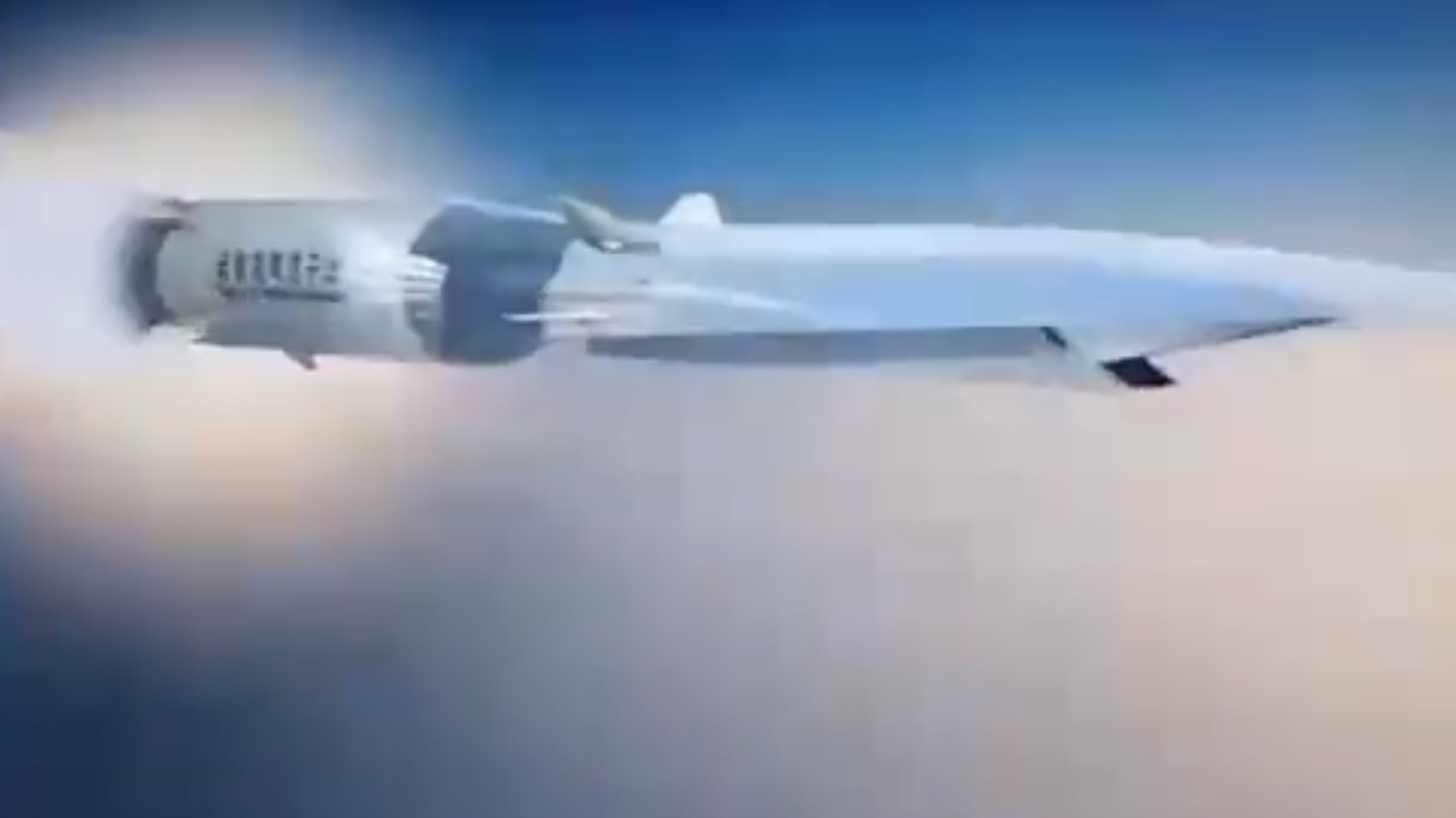Watch: South Korea Unveils Model for Hypersonic Weapon Prototype Days After US Blasted China’s Tests
00:09 GMT 08.12.2021 (Updated: 18:35 GMT 19.10.2022)
Subscribe
The South Korean Defense Ministry has unveiled a model for a hypersonic weapon prototype months after North Korea tested its own weapon. Just days ago while in South Korea, US Defense Secretary Lloyd Austin criticized Chinese hypersonic weapons tests for destabilizing the region.
The model for the weapon, named Hycore, was revealed on Friday by the Defense Ministry’s Agency for Defense Development (ADD), according to Aviation Week, which first reported the story. Seoul is reportedly aiming to begin testing in 2022.
The weapon, which bears a stark resemblance to Boeing’s X-51 Waverider experimental hypersonic vehicle, is a ground-launched cruise missile launched from a TEL, similar to the US Army’s forthcoming Long-Range Hypersonic Weapon (LRHW). However, the weapon’s potential range wasn’t stated.
An animated video released by ADD shows the missile’s basic structure, including its two-stage solid-fueled rocket and scramjet engine, which seems to operate in a similar way to Russia’s Zircon surface-to-surface hypersonic missile.
Found a video on this platform, on South Korea's Hypersonic Cruise Missile pic.twitter.com/WKq98ECsEg
— Sankalan Chattopadhyay (@VinodDX9) December 7, 2021
Hypersonic weapons are capable of traveling faster than Mach 5, or five times the speed of sound, and have maneuvering capabilities that together with their extreme speed render them almost impervious to most air defense systems. They can be launched from the surface, from a submarine, or by aircraft, and often have extremely long ranges.
The Democratic People’s Republic of Korea (DPRK), South Korea’s socialist neighbor, announced its first hypersonic test in September, and Russia and the People’s Republic of China (PRC) each have several hypersonic weapons in service. The US has several weapons in various stages of testing, but repeated failures have set their program back, and Washington presently has no usable weapon.
South Korea Hypersonic Cruise Missile
— Sankalan Chattopadhyay (@VinodDX9) December 7, 2021
Photo- Minseok Kim
Source- Aviation Week pic.twitter.com/AntuD1cOgu
While visiting South Korea for an annual joint military review last week, Pentagon chief Austin blasted China’s hypersonic weapons program, saying it “increases tensions in the region.”
He was responding in particular to Western claims that two tests over the summer were of a fractional orbital bombardment weapon, which would launch a projectile into orbit before deorbiting and zipping down toward its target at hypersonic speed. Beijing claims the tests were of a reusable space plane that would save it considerable money as its space program continues to grow.
It’s unclear if Washington would see a South Korean hypersonic weapon as similarly destabilizing.
In May, the Biden administration agreed to remove the cap on South Korean ballistic missile ranges, which had previously been limited to 497 miles. The decision was part of a decade-long process of the US steadily raising payload and range limits following a 1979 deal intended to limit the spread of ballistic missile technology.
As Sputnik reported at the time, Washington’s decision was mostly aimed at Beijing, as at the same meeting, US President Joe Biden and South Korean President Moon Jae-in pledged to work more closely on China-related security matters, such as Taiwan. Austin reiterated that pledge with his South Korean counterpart, Su Wook, in their December 2 joint communique.




